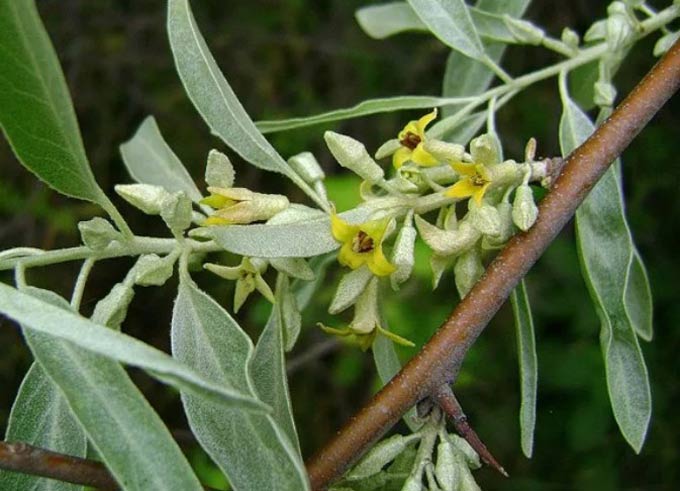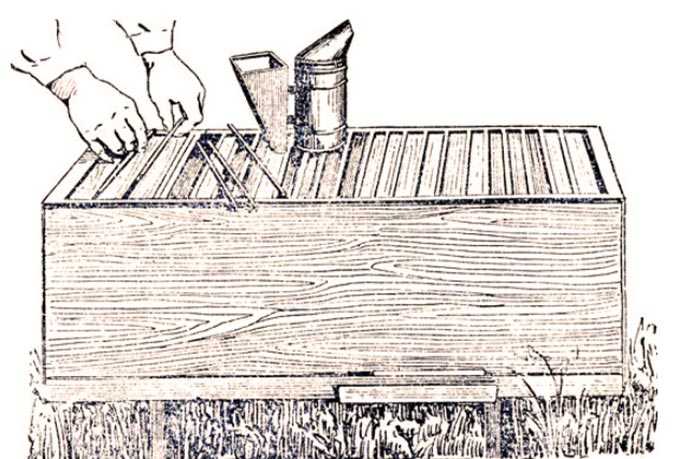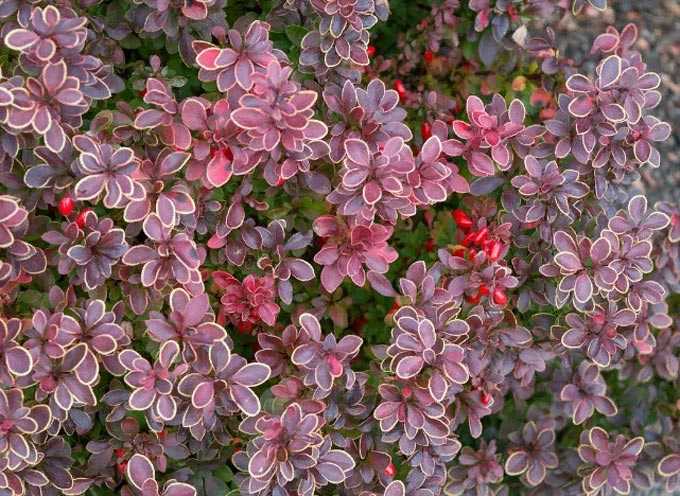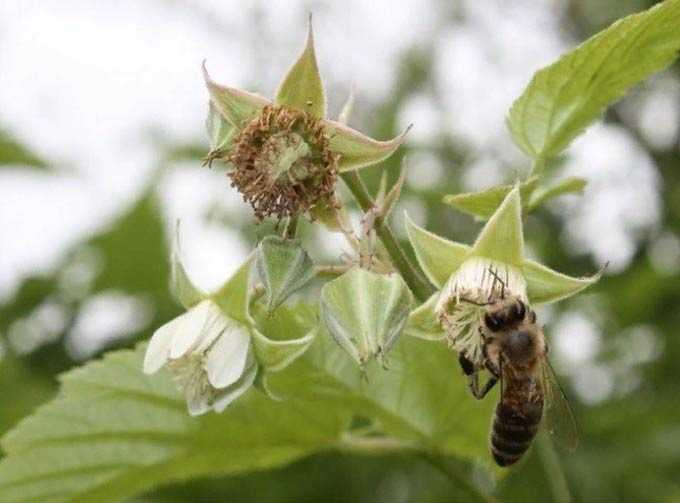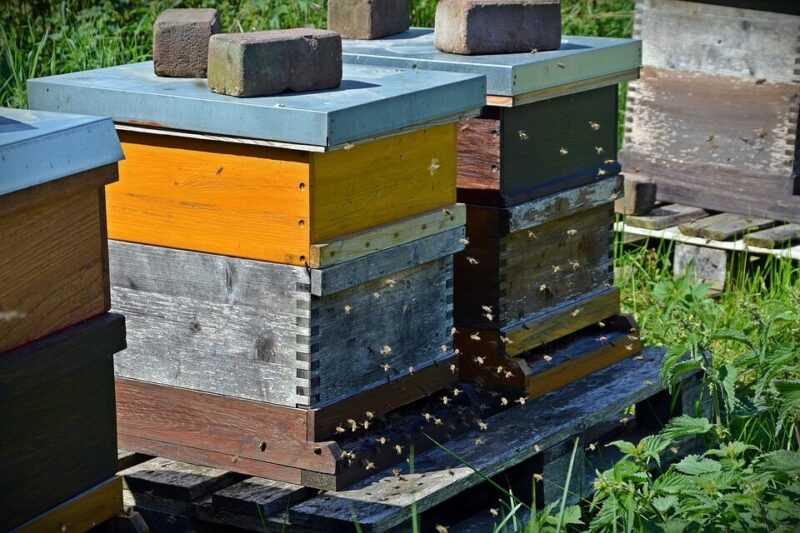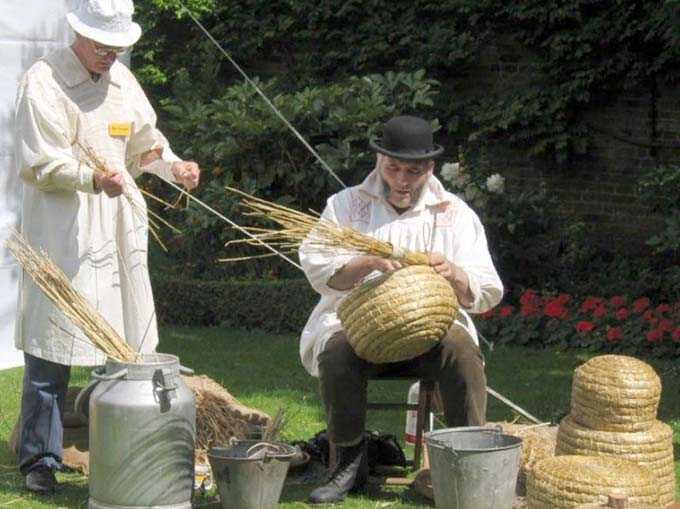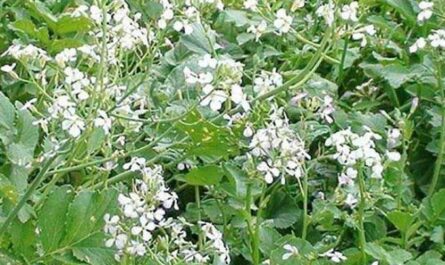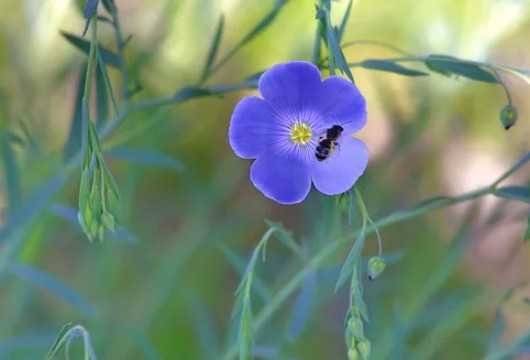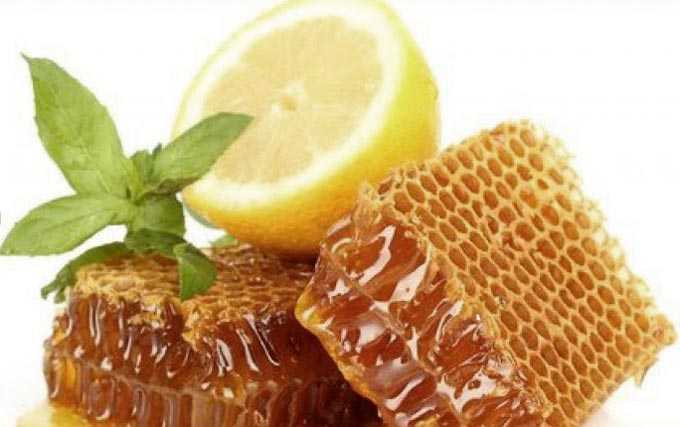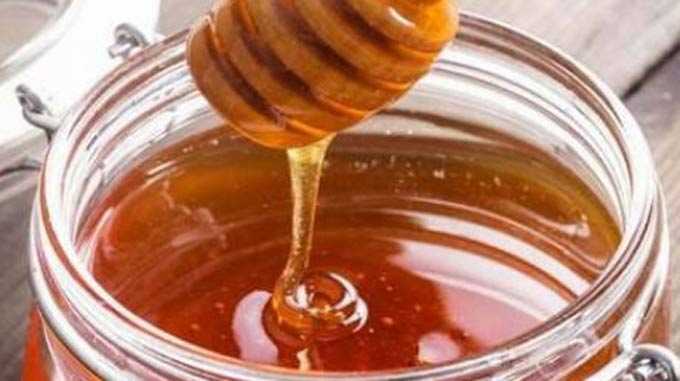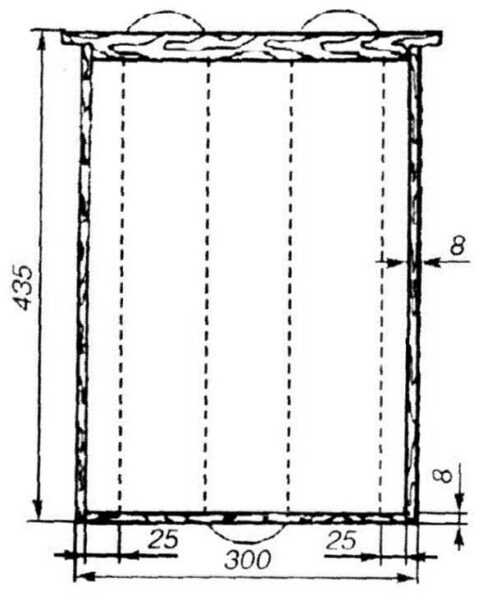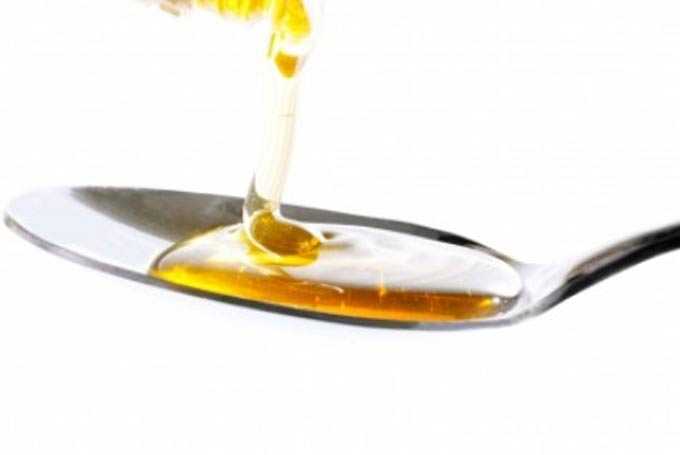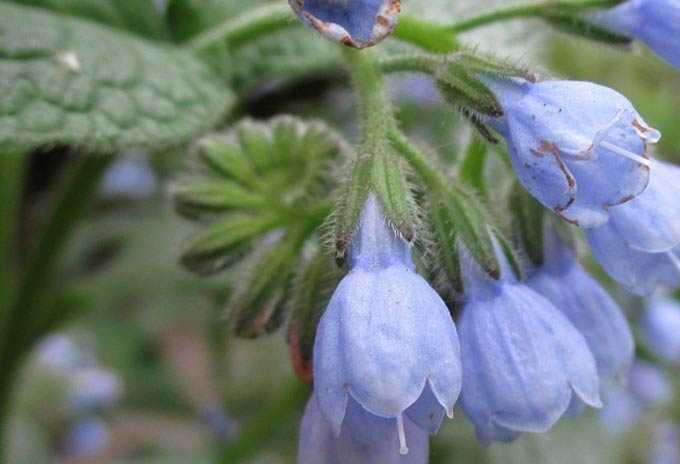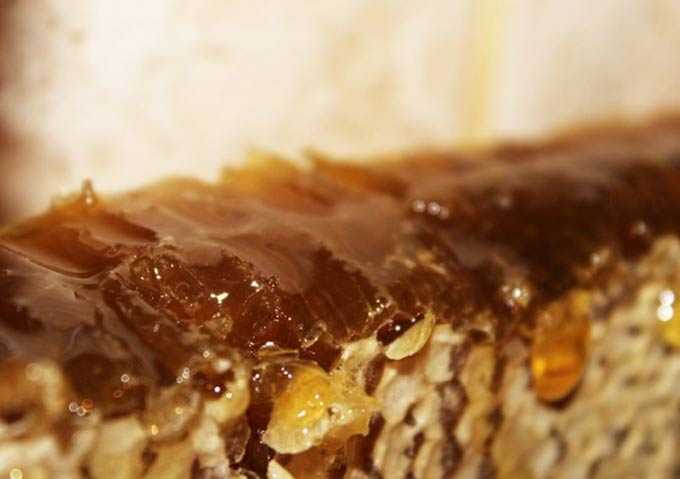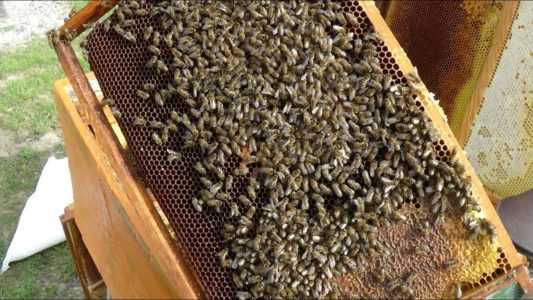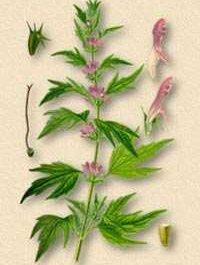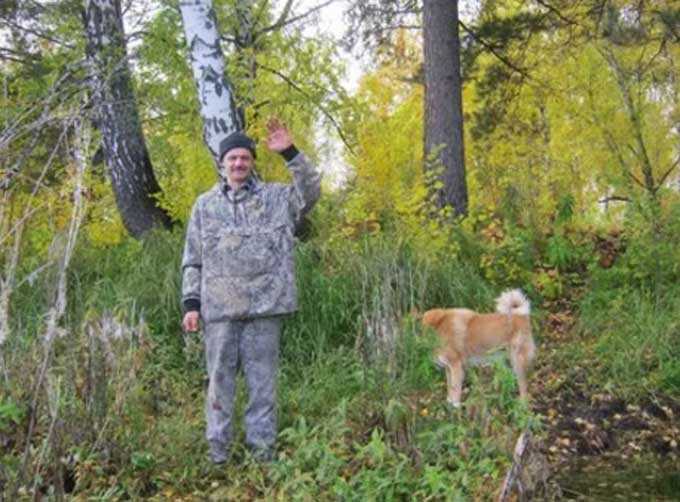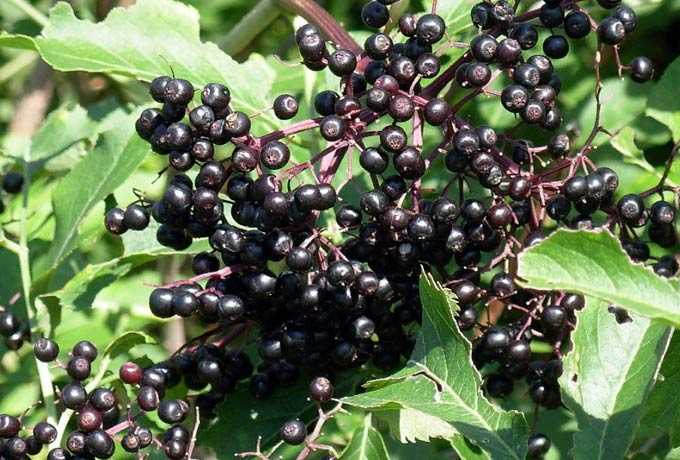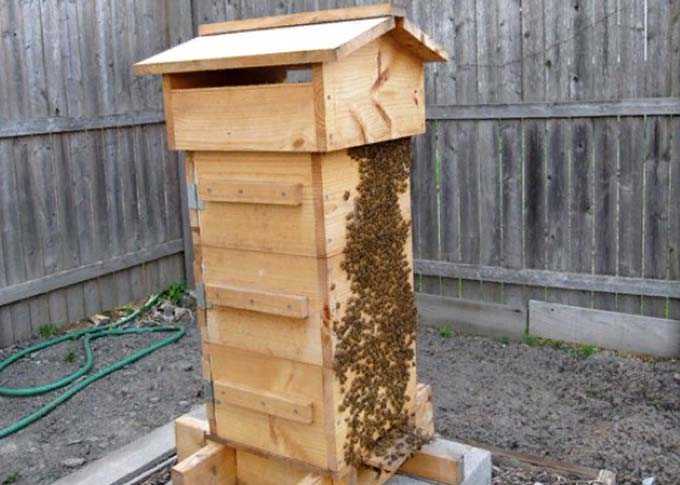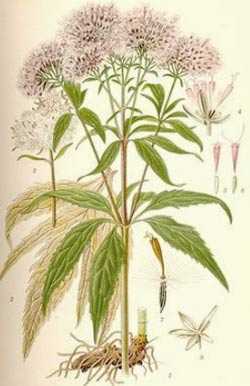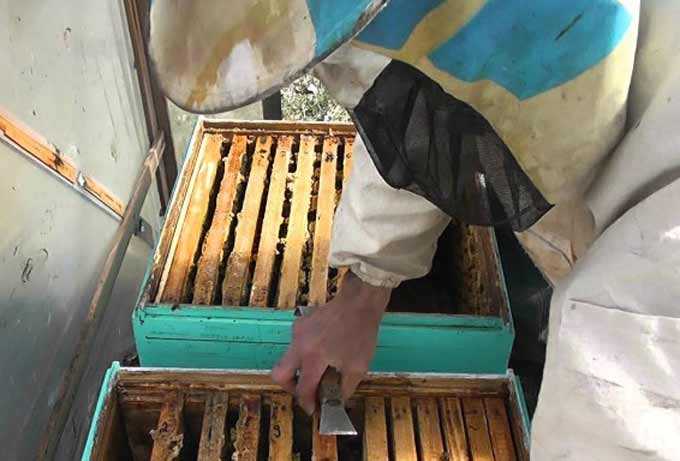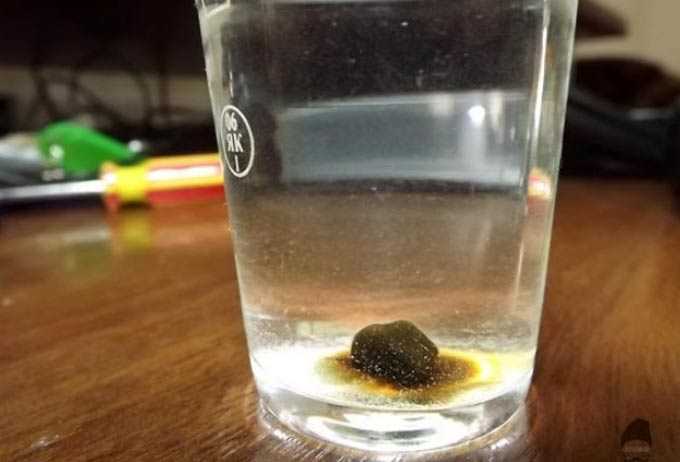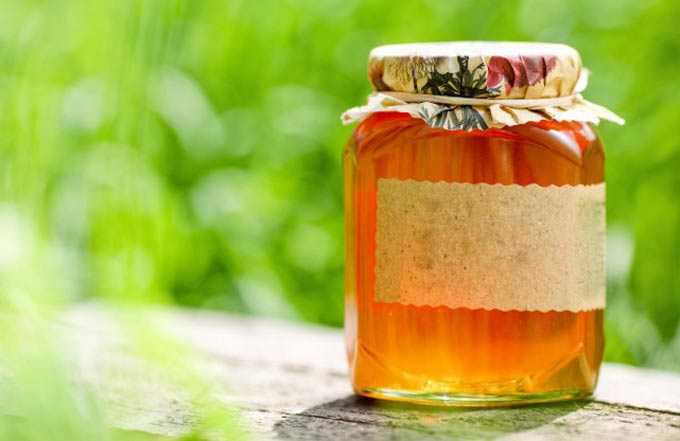Sea buckthorn as a melliferous plant shows rather weak results that do not affect the production of commercial honey in any way. But on the other hand, this plant from the family of suckers provides apiaries with pollen, which is used for the development of bee colonies in May.
The content of the article
- 1 Significance for agriculture
- 1.1 Buckthorn variety
- 2 Agrotechnics
- 3 Honey productivity
- 4 Useful properties of honey
Significance for agriculture
Sea buckthorn is a medium-sized thorny shrub or tree with a height of three to six meters. Found in all Russian regions, including Siberia.
The plant is valued both in medicine and in cosmetology. From its fruits, vitamin oil is obtained, which is part of some pharmaceutical medicines, as well as cosmetic lotions and creams. In cooking, sea buckthorn berries are used to prepare compotes, wine, juices.
In landscape design, some varieties of shrubs are used to strengthen loose slopes. They also form hedges.
The plant easily takes root on sandstones and stony (pebble) soils. In the wild, it can be found high in the mountains, as well as near water bodies, sea coasts. The shrub is resistant to frost, easily tolerates short droughts. Loves areas that are well lit by sunlight.
Buckthorn variety
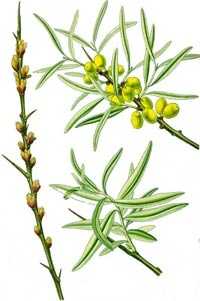
The color of the flowers depends on the sex of the plant. Male bushes bloom yellow, and female bushes greenish, collected in small brushes. The fruits are bright yellow, edible. All branches are literally covered with them (hence the Russian name for pollen plant).
Although the plant is considered wind-pollinated, bees do not disdain it. At the same time, there are separate reviews of beekeepers about the poor attendance of sea buckthorn. Others argue that flying insects work on sea buckthorn bushes and bring a small amount of brownish polish from there. Probably, bee activity depends entirely on the specific region. The fewer the May honey plants, the less selective bees are in their preferences.
This variety is readily used by gardeners and foresters to create hedges and windbreaks. In the wild, the shrub grows rapidly at the expense of basal processes, forming thorny, impenetrable thickets.
Agrotechnics
The buckthorn variety is easy to plant. It is enough to take the basal processes and transfer them to a new place. You can also make layers from an existing bush or use cuttings.
To create a living fence, the bushes need to be planted in two or three rows in early spring. Row spacings and distances in rows are approximately the same – 40-50 centimeters each. Can be planted denser, as the plant does not branch out immediately, forming a hedge.
Fruiting begins at the age of three or four. Moreover, two or three male bushes should be planted on 10 female bushes.
Honey productivity
As for the honey productivity of sea buckthorn, hot disputes arise over it.
Some reference books (for example, M.M. Glukhov) indicate that from a hectare of dense wild or cultivated plantations, you can get from 30 to 40 kilograms of nectar. Others argue that sea buckthorn is exclusively pollen, and not very good.
According to the observations of beekeepers, bees sit on male flowers and lower their proboscis into them. Whether nectar is taken or not is not known for certain. After all, the insect works fast enough for the human eye to catch all the details of visiting flowers.
Useful properties of honey
Unfortunately, sea buckthorn honey exists exclusively in the imagination of buyers and sellers! The proportion of collected nectar in the total composition of May honey will be so small that it is not worth a separate mention.
As you know, May varieties are most often a multicomponent (monofloral) product that includes nectar from a wide variety of melliferous plants. And “sea buckthorn honey” is just another myth from unscrupulous sellers of honey products.
Note: Sea buckthorn bushes break easily when picking up a shrunken swarm. Therefore, some beekeepers do not recommend including this shrub in an apiary hedge. However, if you do not allow swarming, the problem disappears by itself.
